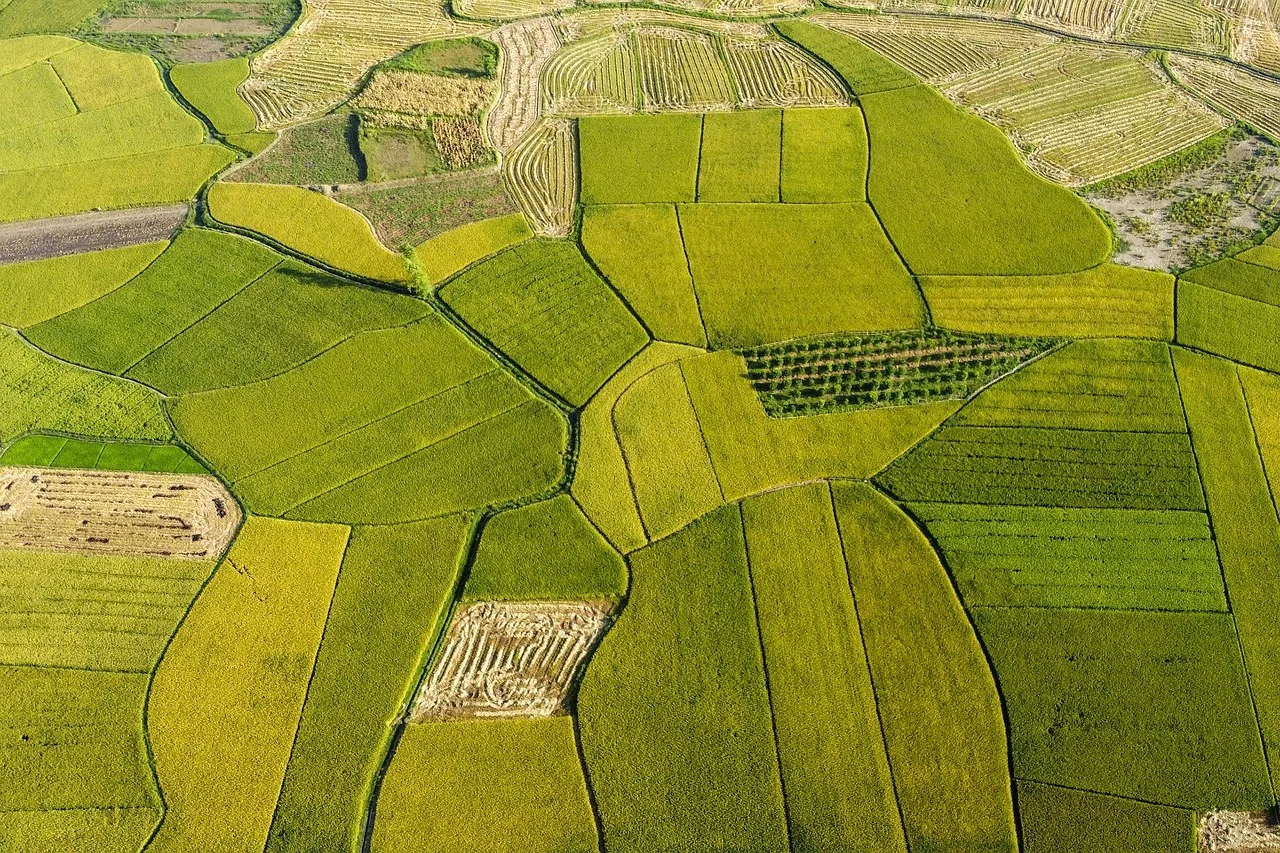
How CropLife Asia’s Innovations Are Tackling Hunger & Food Insecurity in Asia
Key Takeaways:
Asia, home to approximately 4.6 billion people, faces persistent challenges when it comes to hunger and food insecurity. CropLife Asia, an industry association representing the plant science sector, recognizes the urgency of this issue and works tirelessly to address it. Through their commitment to agricultural innovations and sustainability, CropLife Asia is making significant progress in tackling hunger and ensuring food security for millions of people across the continent.
Understanding the Challenge at Hand
With a diverse range of social, economic, and environmental factors to consider, CropLife Asia faces a complex landscape in their efforts to eliminate hunger and enhance food security in Asia. Rapid urbanization, changing climate patterns, and a growing population all contribute to the severity of the challenge. Consequently, CropLife Asia takes a holistic approach, combining innovative solutions, technology adoption, and collaborative partnerships to maximize their impact.
The Role of Sustainable Agriculture
Achieving lasting food security is tightly intertwined with the practice of sustainable agriculture. CropLife Asia recognizes this and actively promotes sustainable farming practices among farmers and stakeholders across the region. By encouraging the adoption of eco-friendly technologies, such as precision agriculture, integrated pest management, and biological control methods, they strive to ensure minimal environmental impact. Through education and training programs, CropLife Asia equips farmers with the necessary knowledge and skills to implement sustainable techniques, minimizing chemical usage and mitigating the risks associated with intensive farming.
Embracing Technology and Innovation
With advanced technologies becoming increasingly accessible, CropLife Asia leverages innovation to drive positive change. By utilizing data analytics, artificial intelligence, and remote sensing, they empower farmers to make informed decisions and optimize production. For instance, mobile applications and sensors aid in precision agriculture, precisely delivering fertilizers and water according to the crops’ needs, thereby minimizing waste. Additionally, the use of modern biotechnology, such as genetically modified crops, enhances crop resilience, enabling farmers to combat ever-changing environmental challenges, including droughts, floods, and pest attacks.
Collaborating with Stakeholders
CropLife Asia acknowledges that addressing hunger and food insecurity requires the collective effort of governments, NGOs, academia, and the private sector. Through active collaboration and partnerships with these stakeholders, CropLife Asia fosters an ecosystem where valuable knowledge, resources, and expertise are shared to create a sustainable food future. By engaging in dialogue and sharing best practices at conferences, workshops, and seminars, CropLife Asia ensures that all parties work towards a common goal of food security.
Addressing Key Challenges
As CropLife Asia aims to tackle hunger and food insecurity in Asia, it confronts several significant challenges. Understanding these challenges is crucial in formulating effective solutions:
Urbanization:
Asia’s urbanization is happening at an unprecedented rate, with many people migrating from rural areas to cities in search of economic opportunities. This mass rural-to-urban migration impacts the structure of agriculture, making it essential for CropLife Asia to emphasize urban farming and vertical agriculture. Encouraging rooftop gardens, hydroponics, and community gardening can provide fresh produce to urban populations without relying solely on traditional farmland. By innovative approaches to farming, even small spaces within urban areas can be utilized efficiently for food production.
Climate Change:
Changing climate patterns threaten agricultural productivity and increase crop failure risks. CropLife Asia actively promotes climate-smart agriculture practices to combat this challenge. Integrating climate-resilient crop varieties, promoting conservation agriculture, adopting water-efficient irrigation systems, and implementing weather forecasting technologies ensure farmers are better equipped to cope with climatic uncertainties and ensure a stable food supply.
Population Growth:
The rapidly growing population in Asia exerts significant pressure on the agricultural sector to produce more food. CropLife Asia emphasizes sustainable intensification, which balances increased productivity with environmental protection. By employing advanced farming technologies that enhance efficiency while minimizing the use of resources, CropLife Asia helps farmers meet the demands of a growing population while safeguarding the environment for future generations.
Frequently Asked Questions
Conclusion
CropLife Asia’s agricultural innovations, sustainable practices, and collaboration efforts are driving positive change in Asia’s fight against hunger and food insecurity. Through their work, they aim to build a food-secure future where nutritious and affordable food is accessible to all. By embracing technological advancements and fostering collaboration, CropLife Asia reinforces the importance of holistic solutions to combat the multifaceted challenges in the global food system.
Source: insidertechno.com